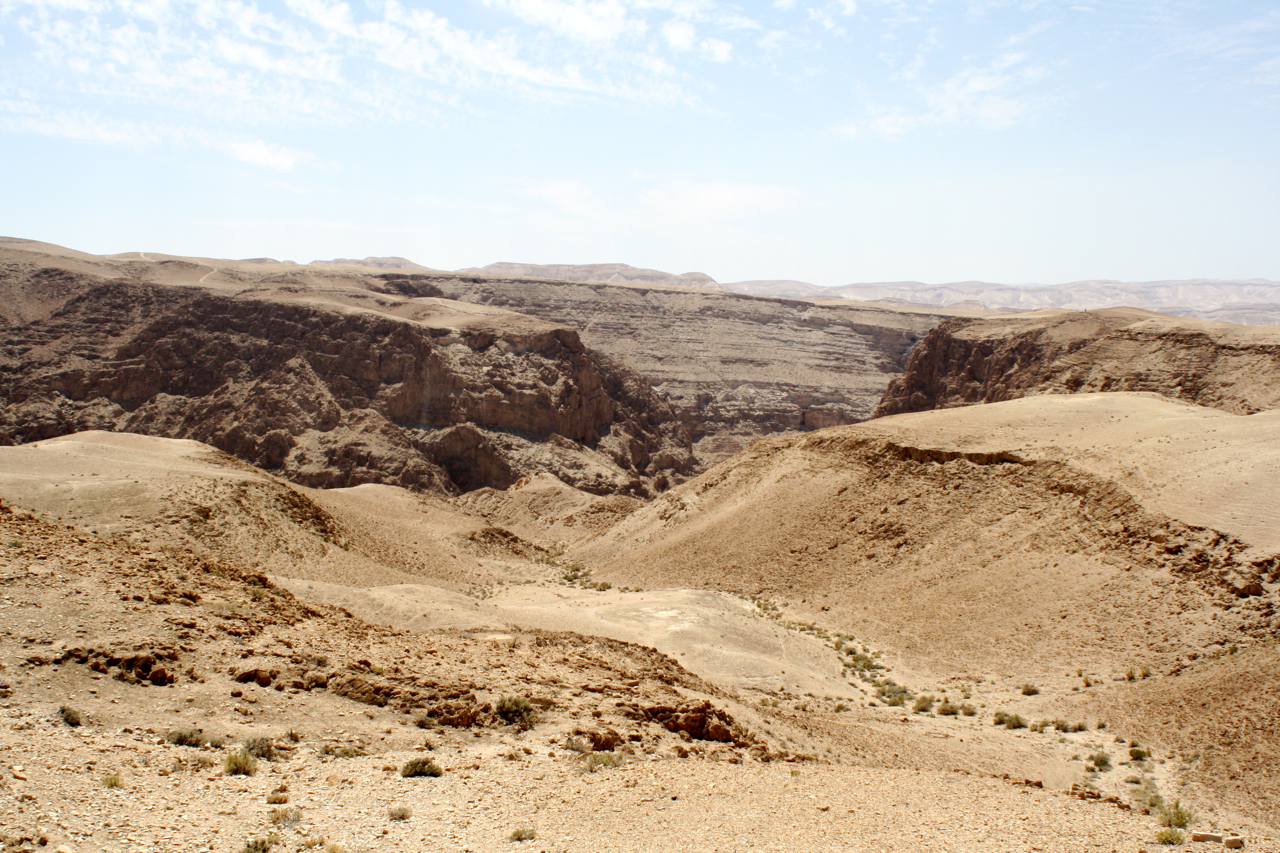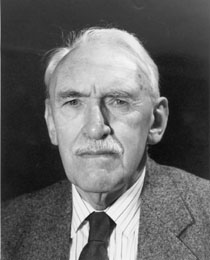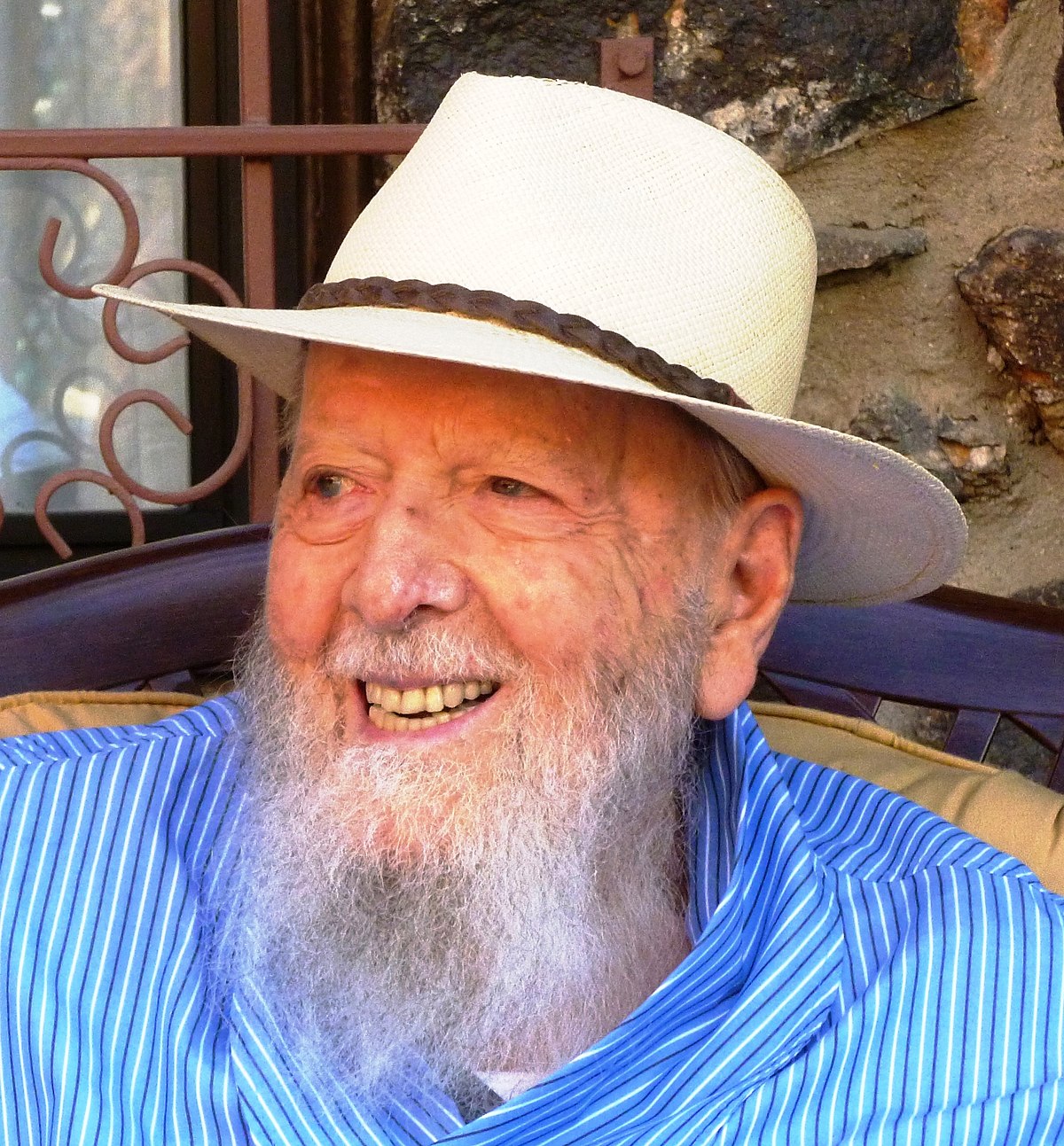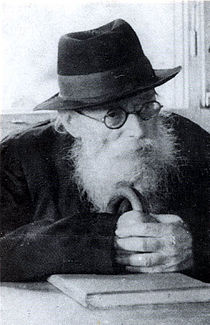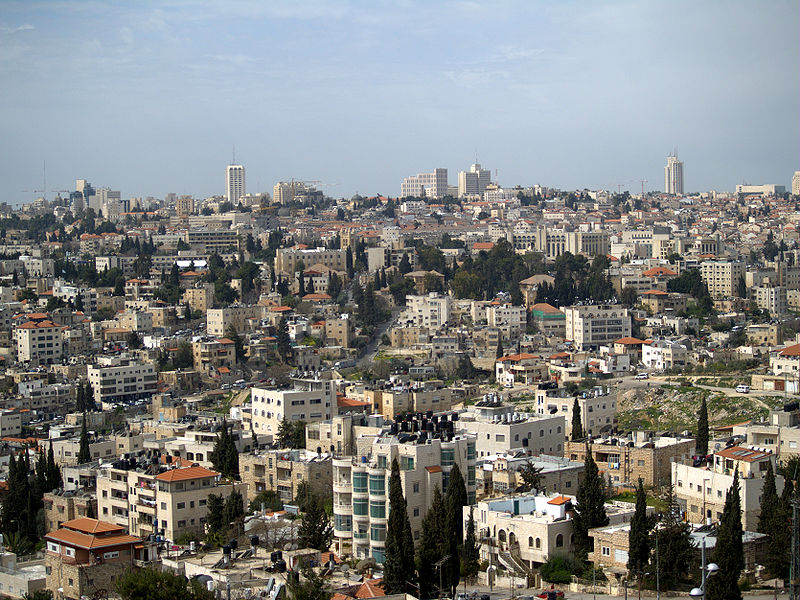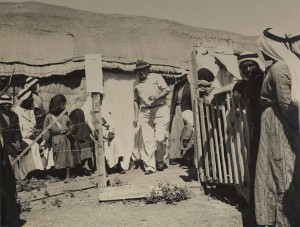
Notwithstanding all of the economic progress of Rosh Pina in the early 1900’s, there were great social and administrative tensions within the settlement. Due to the constant strife between the administrators and citizens, the Baron finally tired of the enterprise and eventually withdrew his financial support. The silk industry also faltered; silkworms require a great deal of tender loving care, though some of the original mulberry trees may still be seen, verdant and flourishing, today.
By the beginning of the First World War, Rosh Pina had reverted to its original, rather primitive agricultural base. The winery and the tobacco industry were matters of the past. By 1917, when the Turkish army was being driven from the country by the British Force under General Allenby, the Jewish population throughout the land of Israel declined. Rosh Pina dwindled to about 100 people, and most of the fields lay fallow. Many of the buildings were deserted and deteriorating. But in spite of these setbacks, a new spirit of optimism, fueled by the Balfour Declaration and the ensuing British Mandate over Palestine, swept the Jewish settlements in Palestine, Rosh Pina included.
In the 1920’s the “new” settlement of Rosh Pina began, mainly with the addition of immigrants from Eastern Europe who were imbued with the socialist-Zionist ideology of the time. Slowly, the agricultural base of the settlement again expanded, and its population grew. However, the scourge of that area of the Galilee struck: malaria. The swamps of nearby Huleh Lake were a natural breeding ground for the mosquitoes that transmitted the dreaded disease. Many areas of the land of Israel were afflicted with the epidemic. But it was in Rosh Pina that an enterprising medical researcher, Dr. Gideon Mer, established a research laboratory dedicated to the task of eliminating malaria from the country. In order to further his experiments, Dr. Mer even allowed himself and some of his family to be infected by malaria. Eventually, his research bore fruit, and through his pioneering efforts, the spread of the malaria epidemic was reversed. Eventually, the scourge of the disease was eliminated from the land of Israel entirely. Dr. Mer went on to serve as an expert in the British Army Medical Corps, fighting malaria in Africa and Asia. Needless to say, Dr. Mer’s accomplishment brought Rosh Pina fame and positive publicity.
The residents of Rosh Pina were always on good terms with the inhabitants of the larger, neighboring Arab town of Ja’ouneh for seventy years. In 1948, Ja’ouneh was home to 4500 people. But when the Arab armies of Lebanon and Syria invaded the Galilee in 1948, the Arab High Command ordered the Arabs of Ja’ouneh to leave their homes for a few weeks in order to help facilitate the Arab conquest of Jewish Palestine. The Arab High Command warned the Arabs of Ja’ouneh not to be swayed by the entreaties of their Jewish neighbors of Rosh Pina to stay put. So one night in the spring of 1948, all of the residents of Ja’ouneh left their village and crossed over into Lebanon. They never returned, and the village and buildings of the town slowly disappeared from the face of the earth.
After the establishment of the state of Israel, Rosh Pina accommodated new immigrants from all over the world. It continued as an agricultural settlement, but also became a town of professionals who worked outside of the community. The old sections of Rosh Pina, the buildings built by Baron Rothschild in the 1880’s, gradually fell into ruin as the citizens of Rosh Pina built new housing for themselves in newly-established neighborhoods.
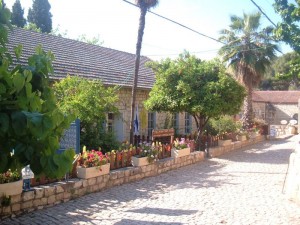
In 1978, a council came into being to help foster the restoration and preservation of the “old” Rosh Pina and to turn the site into an attractive tourist locality. The village is currently thriving and is a beautiful and memorable place to visit. Put it on your itinerary for your next visit to the Galilee. You will see, in a microcosm but nevertheless in full reality, the fulfillment of the Biblical prophecy that “the stone that the builders had rejected has now become the top cornerstone, the rosh pina.”

